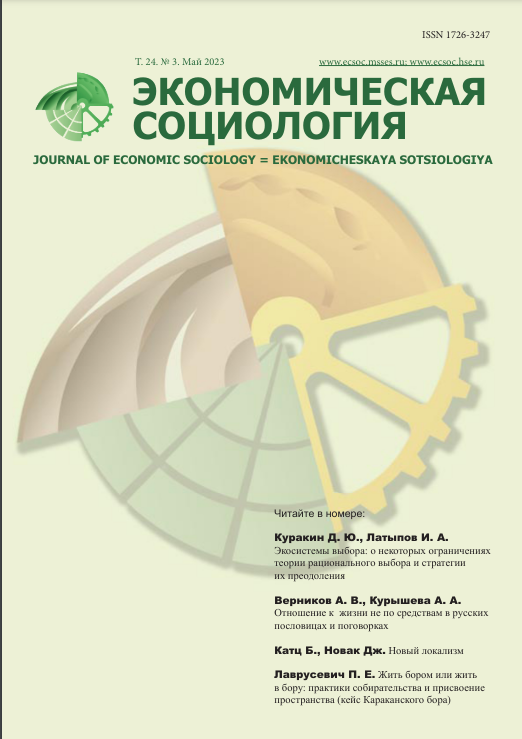Utilizing the Linked Associations Methodology: A Case Study on Assessing Patron Satisfaction in the “Bar” Segment. Analysis of Method Effectiveness and Results Obtained
Abstract
The article presents a research study on the catering segment known as the bar utilizing the author's constrained association method. This method, compared to other qualitative research approaches, offers simplicity in usage, minimizes the potential for misinterpretation, and allows for swift data processing after collection. It does not necessitate specialized equipment or extensive training, as it can be conducted using common communication platforms like Zoom, Skype, or similar alternatives. Furthermore, this method reduces the risk of distorting respondents' judgments regarding behavioral determinants. It yields detailed data that can be analyzed in various ways, such as association frequency, bond strength, and bond direction. A notable advantage of this method lies in its capacity to identify multiple types of associations with the stimulus word. These encompass semantic associations (between words or concepts), affective associations (between emotions and stimuli), and implicit associations that are not consciously recognized.
By employing the associative method, it becomes feasible to construct both an associative core and an associative network linked to the stimulus word. The utilization of this method has made possible the identification of key attributes that significantly impact customer satisfaction within the Bar segment. These attributes encompass a focus on alcohol; the atmosphere including elements such as music, interior design, and public ambiance; socialization and entertainment options for both active and passive recreation; pricing; and the establishment's opening hours. Furthermore, this method has enabled the identification of various motivations for visiting a Bar, including socializing, celebrating special occasions, networking, dating, seeking entertainment, indulging in gastronomic pleasure by trying new alcoholic beverages, relaxation, watching sports events, and temporarily escaping from personal difficulties. Moreover, it has shed light on interpersonal challenges that arise within Bar settings, as well as the primary risks associated with visiting such establishments and the factors contributing to aggressive behavior among patrons.













